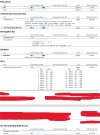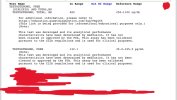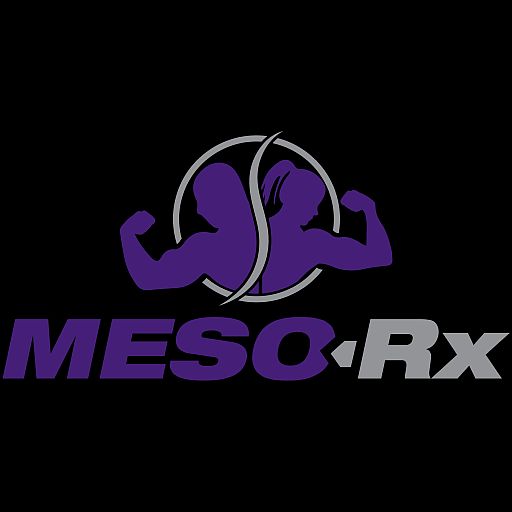sfbizercer
New Member
Good afternoon Meso.
I got bloodwork done recently and there are some concerns I have with it, as well as some things that I don't quite understand (if I should be worried, etc). For reference, I am currently taking 12.5mg enclomiphene, 10mg ibutamoren ED as well as some other supplements that aren't relevant to the discussion at hand. I am taking enclomiphene as a "test booster", and I am taking ibutamoren to combat enclo's serum IGF-1 reduction (with the appetite and GH gains being a bonus).
I am 20 years old, hovering around 215lb in mornings recently, likely around 15-17% bodyfat. With that being said it is absolute HELL to get an accurate measurement with any method with the amount of loose skin I have, so that is just based on my eyeballs. I'm unsure as to whether or not I have any naturally high hormonal biomarkers from genetics or as a result of my childhood obesity (if even possible), but I figured the more info for you all, the better.
Recent "half-natty" bloodwork:

My main concerns / questions with these results are (in no particular order):
- Why are the reference ranges for free testosterone wildly different between the lab above and the lab below, is it due to testing methodology differing? Is this something to monitor or something that can safely go quite high (such as total test)?
- Obviously (I think), my LH is through the roof due to enclomiphene's moa, but this is both expected and fine? As with free test, is this something that can safely go quite high without worry?
- Any reason why my FSH is in range while my LH is sky high? In PMID 27337642 (see 6.2 Phase II Studies) the two seemed to have raised nearly 1-1, so I would expect FSH to be out of range at the least, but I'm not sure hence why I ask.
- Should I be taking an AI? My E2 is out of range but I'm unsure whether this is acceptable given the drugs I am taking and their dosages, or whether I should be introducing an AI and ensuring E2 is kept within range.
Older (~1yr) natty bloodwork:

Thanks in advance for any help, and apologies in advance if I asked anything retarded.
I got bloodwork done recently and there are some concerns I have with it, as well as some things that I don't quite understand (if I should be worried, etc). For reference, I am currently taking 12.5mg enclomiphene, 10mg ibutamoren ED as well as some other supplements that aren't relevant to the discussion at hand. I am taking enclomiphene as a "test booster", and I am taking ibutamoren to combat enclo's serum IGF-1 reduction (with the appetite and GH gains being a bonus).
I am 20 years old, hovering around 215lb in mornings recently, likely around 15-17% bodyfat. With that being said it is absolute HELL to get an accurate measurement with any method with the amount of loose skin I have, so that is just based on my eyeballs. I'm unsure as to whether or not I have any naturally high hormonal biomarkers from genetics or as a result of my childhood obesity (if even possible), but I figured the more info for you all, the better.
Recent "half-natty" bloodwork:

My main concerns / questions with these results are (in no particular order):
- Why are the reference ranges for free testosterone wildly different between the lab above and the lab below, is it due to testing methodology differing? Is this something to monitor or something that can safely go quite high (such as total test)?
- Obviously (I think), my LH is through the roof due to enclomiphene's moa, but this is both expected and fine? As with free test, is this something that can safely go quite high without worry?
- Any reason why my FSH is in range while my LH is sky high? In PMID 27337642 (see 6.2 Phase II Studies) the two seemed to have raised nearly 1-1, so I would expect FSH to be out of range at the least, but I'm not sure hence why I ask.
- Should I be taking an AI? My E2 is out of range but I'm unsure whether this is acceptable given the drugs I am taking and their dosages, or whether I should be introducing an AI and ensuring E2 is kept within range.
Older (~1yr) natty bloodwork:

Thanks in advance for any help, and apologies in advance if I asked anything retarded.


